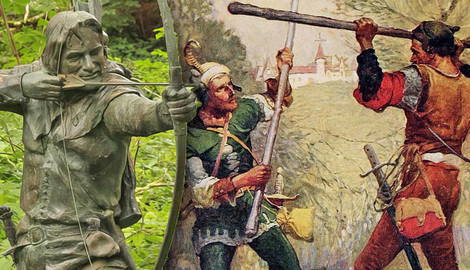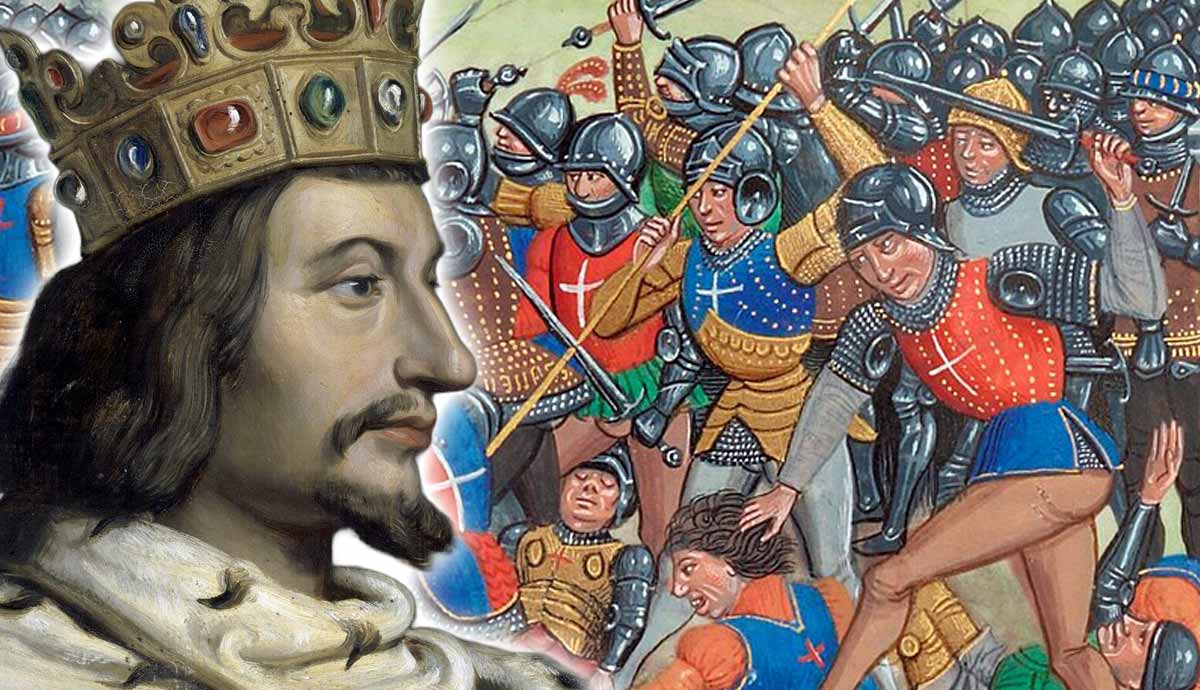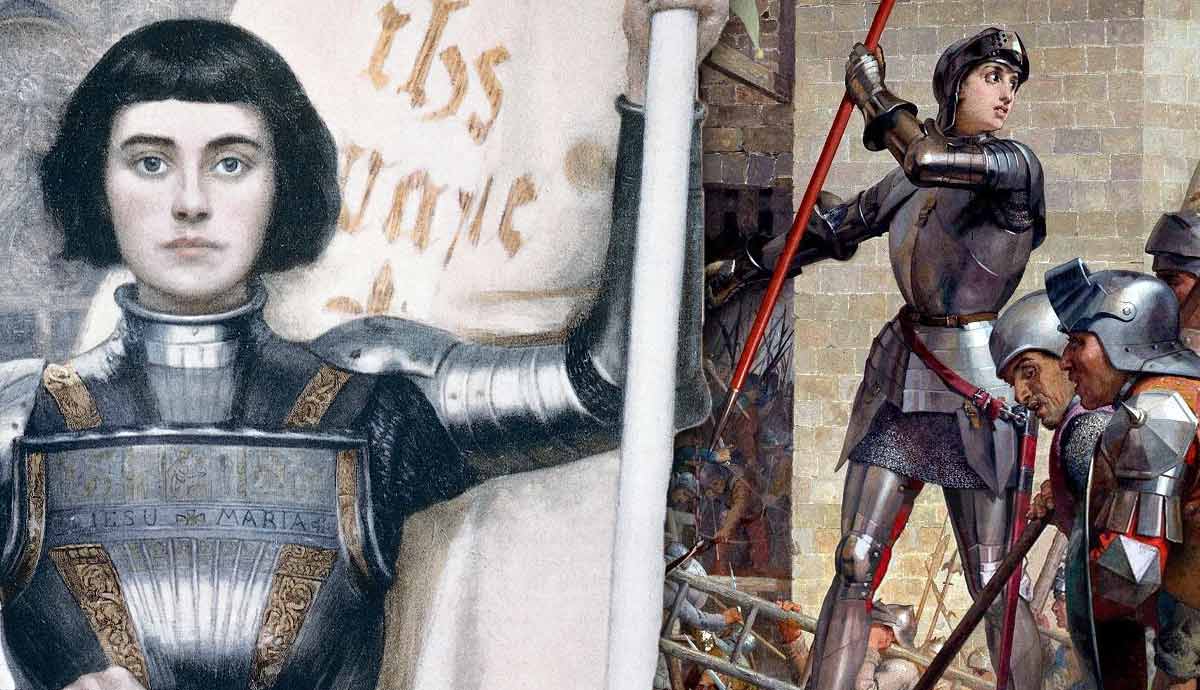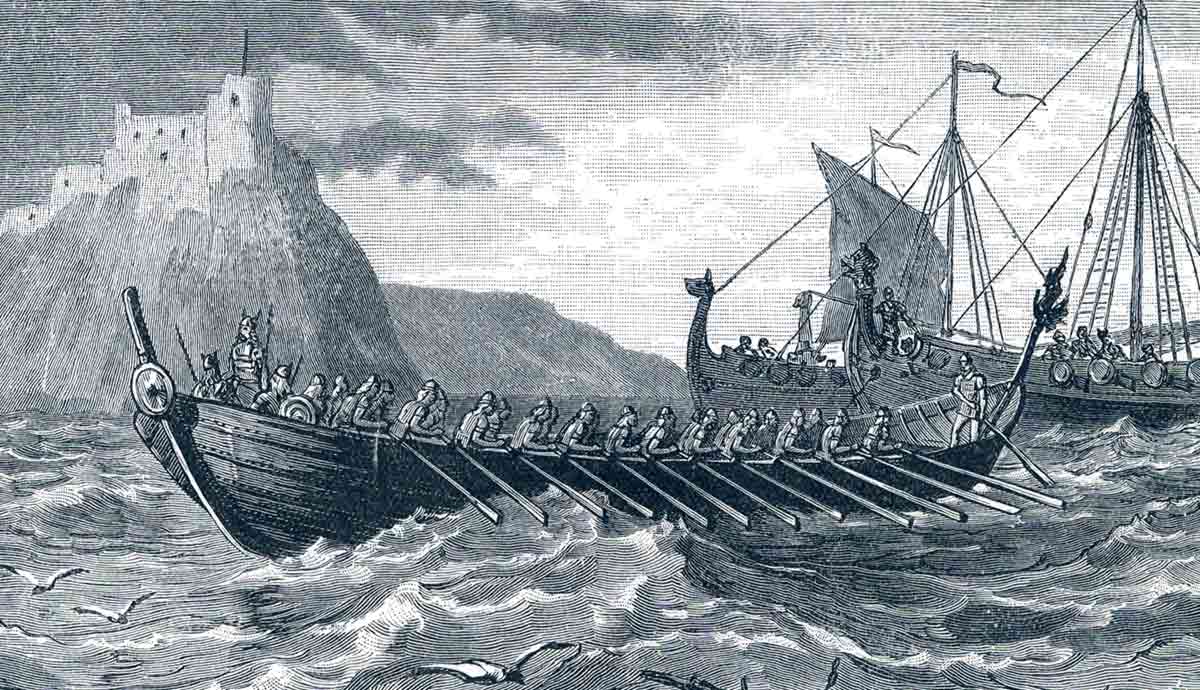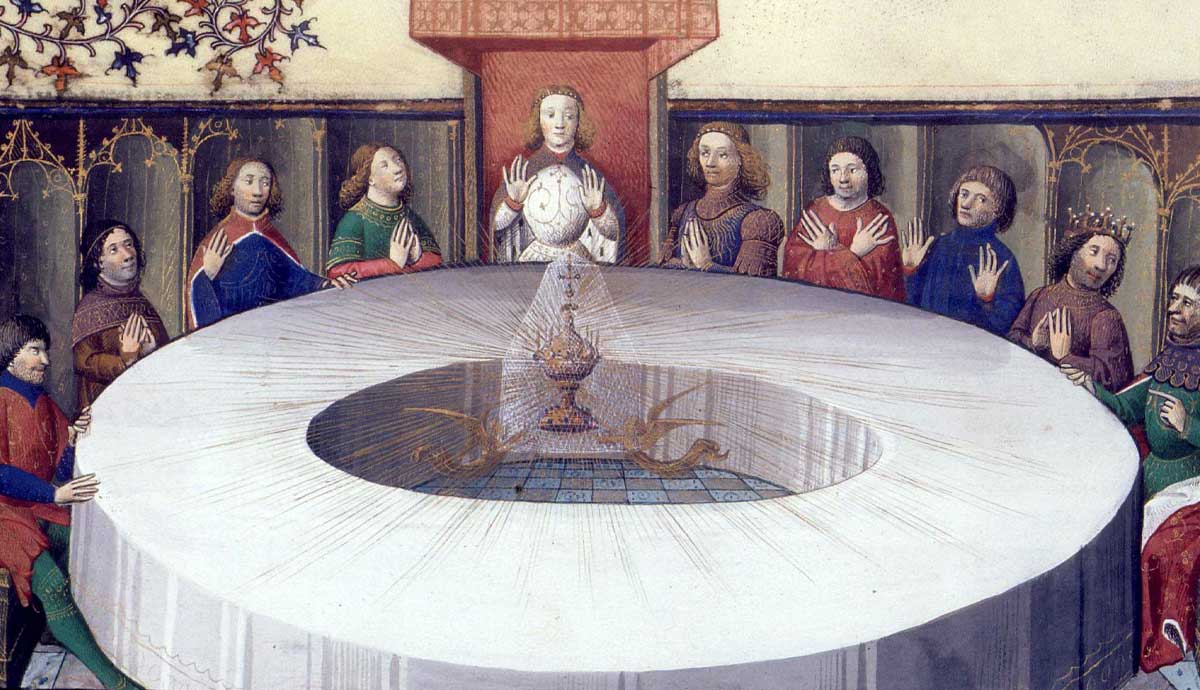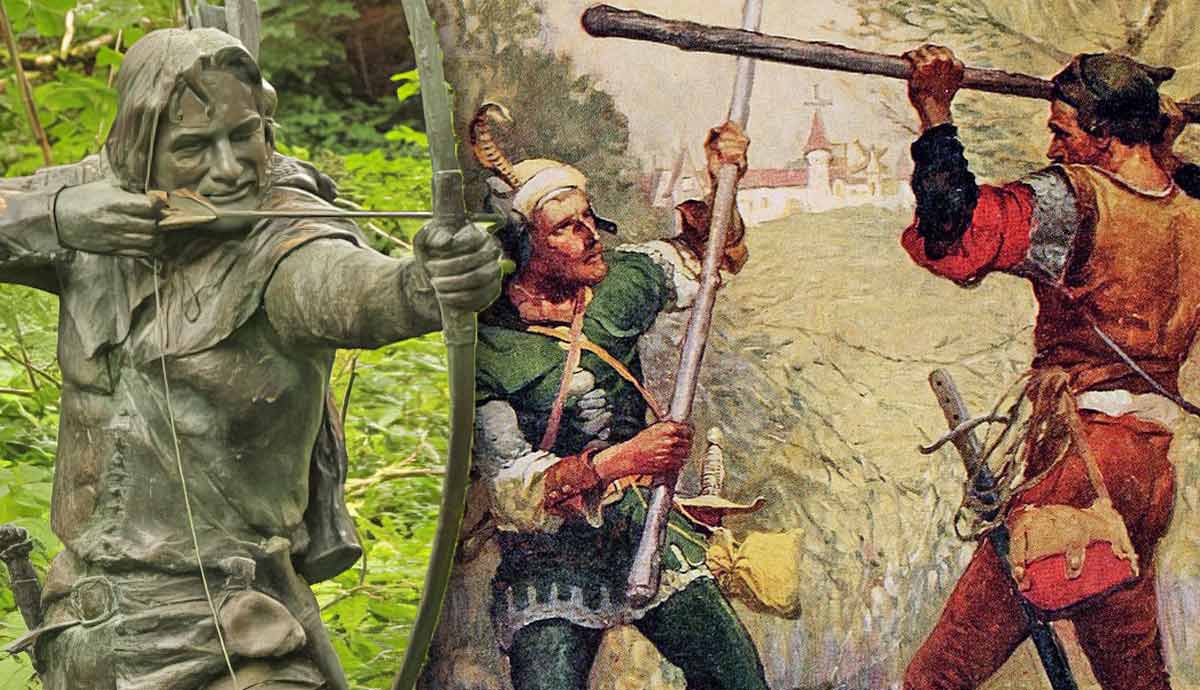
As far as English folk tales, myths, and legends go, few figures have held as much sway in the imagination as Robin Hood. The tale of a figure who stole from the rich and gave to the poor has captured the hearts of many over the centuries and has been told and re-told, time and time again. In this article, we will discuss the origins of Robin Hood, and why his story became so popular during the Middle Ages.
What Is Robin Hood’s Story?

For those readers who might be unfamiliar with who or what Robin Hood is, or what he represents, this following section will explain the context behind the legendary English folk hero.
Robin Hood was a highly skilled archer, typically dressed in green. He gave to the poor, by stealing from the rich. The moral conundrum of the tale focuses on the question of theft: is theft still as bad a crime when he is stealing from those with so many resources to give to those with so few?
Many characters are also typically featured in Robin Hood’s adventures: his primary nemesis, the Sheriff of Nottingham (Robin Hood is based largely in Sherwood Forest, Nottinghamshire, England), his band of outlaws known as the “Merry Men,” and his lover, Maid Marian. Other characters who sometimes feature in different depictions of Robin Hood include Little John, his right-hand man, and Friar Tuck, a monk. These characters help to both legitimize and create debate around the moral conundrum of theft: should a man of the church be assisting someone who is committing a sin according to the church? Or should he be using his religious position and alms to help the poor?
Depending on which version of the Robin Hood tale is being told, some real-life characters appear in the tales: in Disney’s 1973 animated movie, the king depicted is a reference to King John, and he is shown to be greedy and corrupt. Some other tales reference King Richard III. The kings who are typically depicted in Robin Hood tales are generally those who were negatively perceived at the time (and many still are), which makes the reader further support the hero of the story: Robin Hood.
All of the moral lessons from Robin Hood give us a good insight into the medieval mind and how different acts were perceived.
Robin Hood: The Origins of the Story

The first origins of Robin Hood are incredibly hard to trace. The earliest references to the name come from 13th century England, where names including “Robehood” or “Robbehood” occur in English judicial records, in reference to criminals being charged. As early as this the name Robin Hood was associated with being a criminal.
However, some tales use the surname “Hood” as a reference to the fact that Robin was a hoodmaker, rather than being named for wearing a hood. In many illustrations and paintings, Robin Hood is instead depicted wearing an archer’s–style hat, rather than a hood to conceal his identity. This reflects the fact that Robin Hood was likely painted to be a working-class hero or a peasant.
Again, this was not always the case, though: in some of the oldest versions of the tale, dating back to the 13th century, Robin Hood was initially described as a member of the yeoman class, rather than a peasant. This also suggests that even the yeomen felt aggrieved by greedy tax collectors and kings, and it would make sense why even from a yeoman’s perspective, stealing from the rich under the guise of distributing to the poor was a positive ideal.
Robin Hood the Crusader?

One of the most interesting interpretations of Robin Hood from the Middle Ages is that he was a crusader—a soldier who had been on one of the Crusades to the Middle East to fight for Christendom.
The Crusades were greatly celebrated in the later medieval imagination; tales of heroes who fought for England and St George, rather than the bloody horror shows that actually took place, thousands of miles from England’s green land, and took the lives of countless soldiers.
But why was Robin Hood specifically portrayed to be a crusader in the early years of the tale? One reason is that, as mentioned earlier, the kings in the tale were often those who were less well thought of. In this case, Robin Hood was deemed a national English folk hero, having fought on the Third Crusade alongside King Richard I, the Lionheart. Once again, this harks back to the notion of Robin Hood supporting the “good” (in this case, Richard the Lionheart, Christendom, Christianity) and turning against the “bad” (the Infidel, Islam).
Another early interpretation is that in the absence of the “good” King Richard I who was on crusade, and while England was under the control of Richard’s younger brother, John, Robin Hood turned to become an outlaw, as a means of protesting against King John’s high taxation rates and general poor rule. This folklore figure was a way for contemporaries to reflect their feelings toward various rulers through literature and art—Robin Hood was, in this case, arguably a reflection of popular feelings towards King John and King Richard I.
Robin Hood and Real-Life Comparisons

As with most popular folk tales, myths, or legends, there is often an element of truth to the tale. This is also the case with Robin Hood.
As discussed, there were popular depictions of Robin Hood as a moral man in a sinful world, as well as those depictions of him being a heroic crusader, making him out to be the idyllic English hero, fighting against the “bad” King John.
An example can be found in John de Verdun’s Scotichronicon, which was written between 1377 and 1384, and revised by Walter Bower around 1440. A reference to Robin Hood follows de Verdun’s passage explaining the defeat of Simon de Montfort in 1266, where Robin Hood is named as a fighter for de Montfort’s cause, rather than the royal cause.
Many historians since have presumed that this reference to Robin Hood is based on the real-life outlaw of Sherwood Forest, a man named Roger Godberd. Little is known of Godberd save that he was from the Leicestershire area, lived in the 13th century (the East Midlands, bordering Nottinghamshire), and traveled around the country with a band of men, known to be bandits.
While Godberd may well have been the inspiration behind the medieval image of Robin Hood, what is most interesting about Bower’s reference to Robin Hood in the 15th century is it still portrays him as an outlaw of sorts: he was a rebel against the king, who at that time was King Henry III.
This adds a further layer of interest to interpretations of Robin Hood because Henry III was not a king who was greatly feared, nor was he a king who was particularly disrespected, either.
Other Interpretations of Robin Hood in Medieval England

It was not just the East Midlands that Robin Hood was restricted to — in Berkshire, as early as 1262, a man who had been outlawed was given the surname “Robehod.” This suggests that either Robin Hood originated in Berkshire in the mid-13th century, or, more likely, that the folk tale had been around for some time before this.
Even earlier than that, in 1226 in the Assizes of York, a man named Robert Hod is the earliest name representing anything similar to Robin Hood. Hod became an outlaw after stealing goods amounting to 32 shillings and 6 pence. The following year, he was known as “Hobbehod” and after 1230, records show that he was referred to as “Robert Hood.”
Finally, there was another Robert Hood who was documented as living in the forests of Wakefield, West Yorkshire, in the early 14th century. It is presumed that this was the same man who is referred to as “Robyn Hode” under the employment of King Edward II of England in 1323, following his deferral from supporting the Earl of Lancaster after the Battle of Boroughbridge which Edward II won in 1322.
All of these interpretations of Robin Hood’s origins certainly hold their own weight and they all document the same principle: an “outlaw” (or, at least, a political rebel) with a name similar to Robin Hood. All suggest that the tale had been told frequently throughout medieval England by the early 14th century and that the figure of Robin Hood was well-known before any theatrical performances or ballads came along from the 15th and 16th centuries onwards.
Final Thoughts

The story of Robin Hood is one of the best-known medieval English folk tales. Depending on the interpretation, he could have been a crusader, who returned to steal money from the rich and give to the poor. Or, he could have been based on a real-life figure from medieval England, an outlaw with a group of bandits. Or perhaps, he was a combination of the two—either way, the tale of Robin Hood has become one of the best-told stories in English folklore, and will undoubtedly remain that way for centuries to come.
